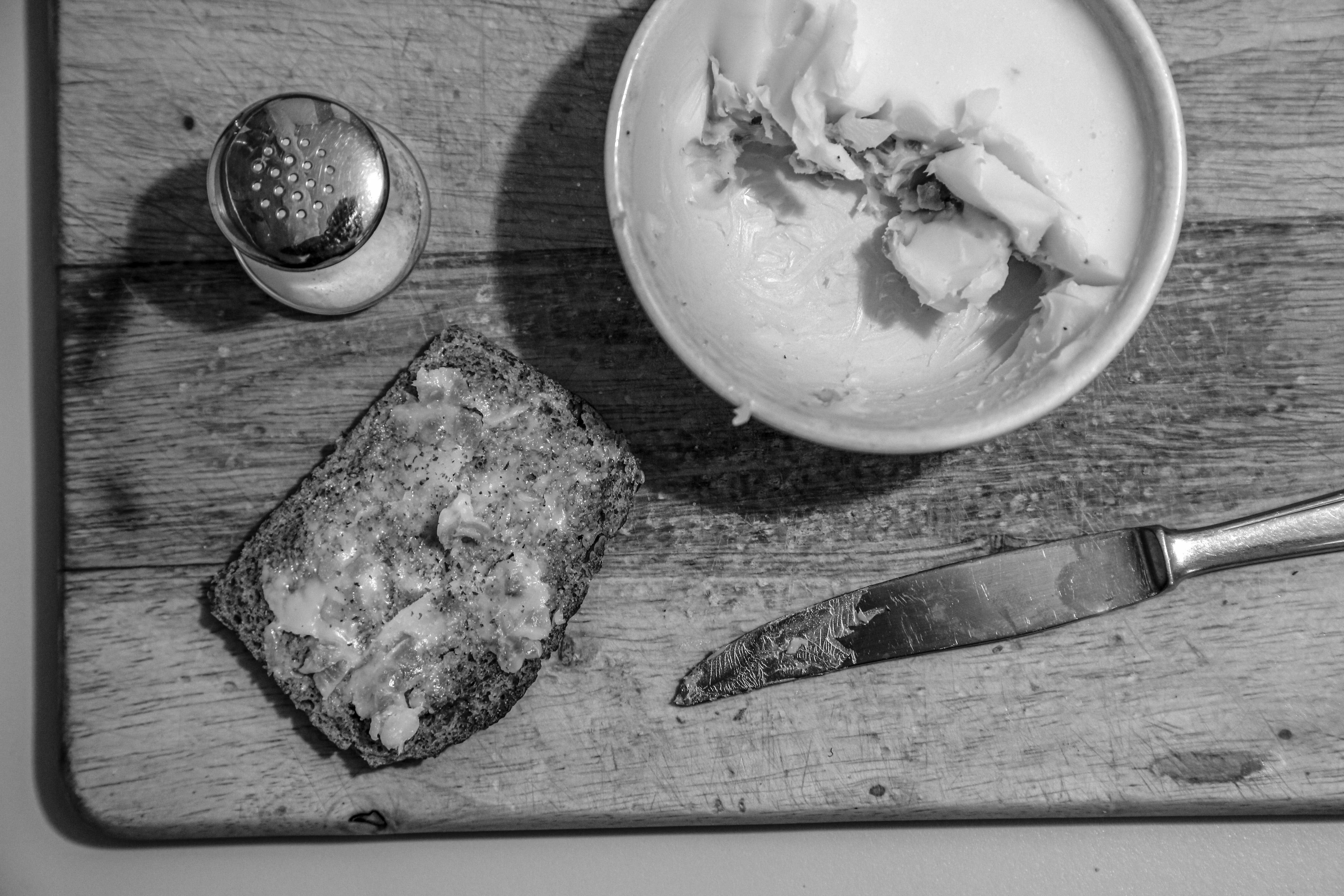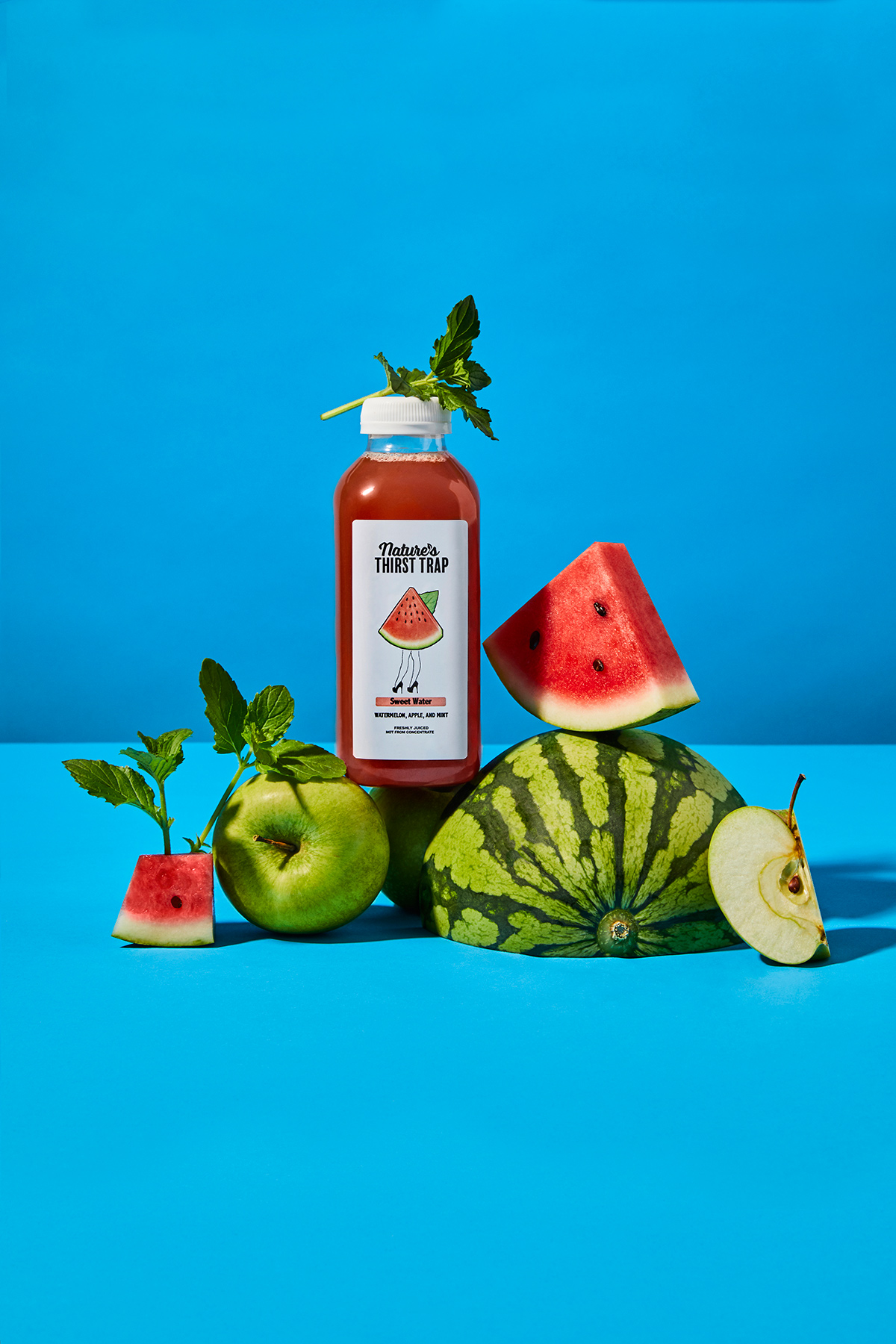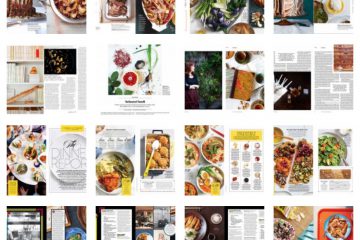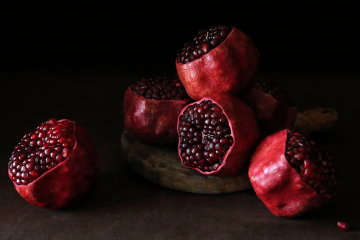The Intellectual Engagement of “Fine Art Food Photography”
Fine art food photography [faɪn][ˈɑːt][fo͞od][fə-tŏgˈrə-fē] (n.) – The term fine art food photography is quite subjective and refers to photographs executed with a highly trained eye for aesthetics, usually incorporating either references to art history or conceptual ideas of food or art theory. These ideas and concepts found in fine art food photography often carry with them a certain social, moral, metaphysical, political, or philosophical message. Those photos which focus on selling food or simply documenting it, are not usually fine art. Fine art food photography could be thought of, but is definitely not limited to, images that would be suitable for exhibiting at an art gallery or museum.
Example: “I just saw a great exhibition of food photographs that look like Dali paintings on display at the contemporary art museum. They bring up so many interesting ideas about the nature of reality and dreams and how we obsess about diets and food all the time. It’s so subtle in its presentation though, it’s some of the best fine art food photography I’ve ever seen.”
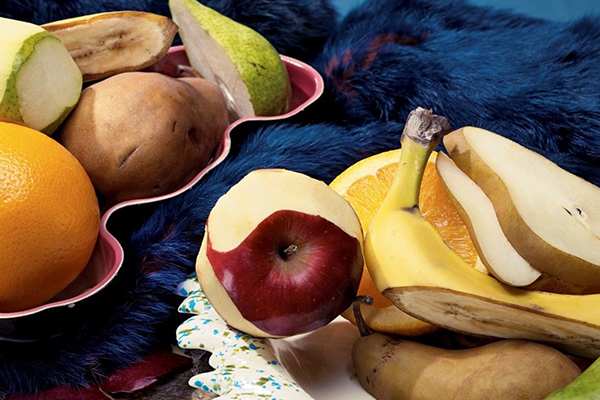
What Does Fine Art Food Photography Look Like?
Because all fine art in general is quite subjective, depending greatly on how it is interpreted, fine art food photography can look very different from artist to artist and project to project. Traditionally, the genre of still life food photography was the only kind of food photography deemed to have artistic interest. With this style, artists focus on composition and lighting to make scenes that possess an often hard to describe beauty, usually referencing the long history of still life painting as well. Photographers like Henry Fox Talbot and Roger Fenton did just this, though were absolute pioneers in their own right for proving photography could be as beautiful as other more accepted visual art forms of the time.
With fine art food photography’s evolution other visual styles have become popularly accepted as fine art, from postmodern and performance related to surreal and dreamlike. In general, fine art food photography doesn’t have to be as flashy, brightly lit, or as full of effects as advertising or editorial food photography for example. This is because fine art food photography doesn’t necessarily have to be eye-catching, whereas in the two aforementioned genres this is an almost universal goal.
The ultimate intent in fine art food photography is to engage more than impress. This means that the photo should make the viewer think while they explore the details and possible meanings of the artwork. For example, imagine a shot of many fruit peels, bones, and crumbs with a glass of wine that spilled beside it, all arranged like a classic still life. The photo, by showing these remains of decadence, could be commenting on gluttony, the wealth behind classical art commissions, the nature of photography compared to painting, or simply the rebellious spirit of the artist himself.
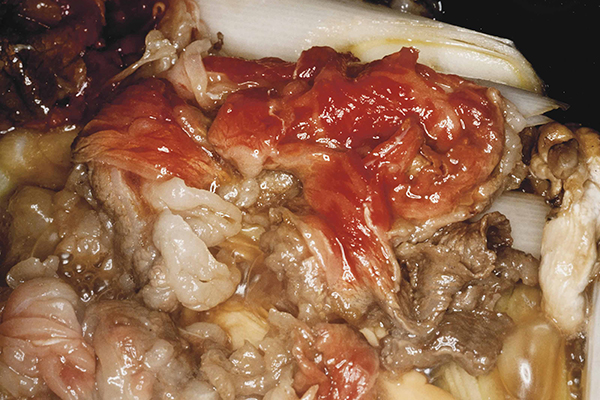
The Conceptual and Deeper Side of Fine Art Food Photography
For food photography to be fine art it must allow for some kind of deeper interpretation from the viewer. If there is absolutely nothing that can be said of a photograph when asked “What does it mean?”, then it probably isn’t fine art. The concept could be related to food, or the food could represent a non-food related concept. Because food is such an integral part of human life, it can easily promote a discussion of metaphysical ideas. By surrounding a human body with thick cuts of raw meat, the resulting photo would not emphasize the superior consciousness of humans, but rather draw a parallel to the meat, possibly suggesting that we are all composed of animal matter, yet neglect to acknowledge this plain fact.
When discussing globalization, over-population, the environment, or poverty, food is always directly connected politically. A bowl of rice could be the brightest white in an otherwise dirty room, showing the scarcity and simplicity of a village’s diet and the light that even one bowl of grain can bring. Because fine art food photography, by definition, can be interpreted by viewers and critics on every possible level, the artist must also be aware of what certain food items stand for. An example is the banana, which depending on the context in which the art is being used, could be a symbol of US interference in Central America or a phallus. As you can imagine, you wouldn’t want your artistic intentions to be confused!
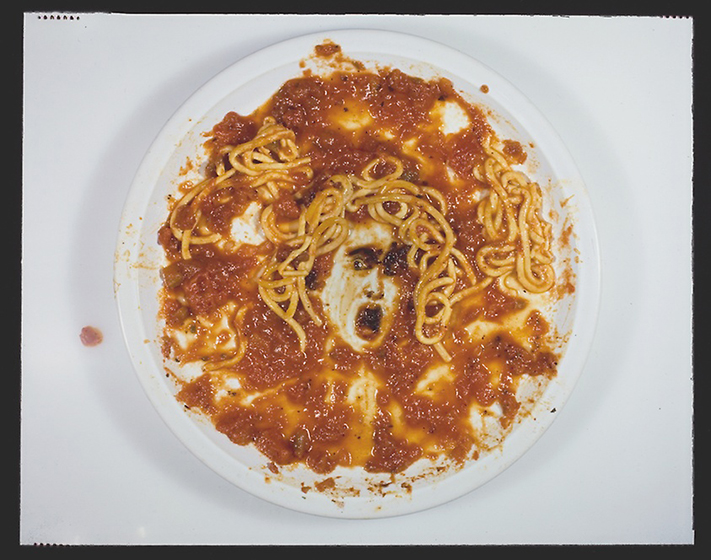
Why the History of Food in Fine Art is Important
In other sub-genres of food photography, the work that has come before matters, but not so much as in fine art food photography. The art world canonizes previous artists, which turns their work into a sort of reference point for navigating difficult conceptual and stylistic realms. If a series of fine art food photographs borrows pop culture imagery and replaces some non-food objects with food for example, the artist, although perhaps not directly influenced, should be informed by the pop art movement that came before.
Fine art food photography is usually suggestive, people who need absolute answers and meaning may flail about without any linear explanations to grab a hold of. Food photographers recognize that it is extremely hard to make interesting artwork because so much has already been done, and people see so many images all the time. To create intriguing fine art images, weaving a web of interpretations using symbols and visual art history references is more effective than answering the question “What does it mean?” with one specific answer.
What is fine art photography to you? You can comment below to tell us what you think! Contact Us to request more dictionary definitions of industry jargon from the world of food photography, arts and styling.




